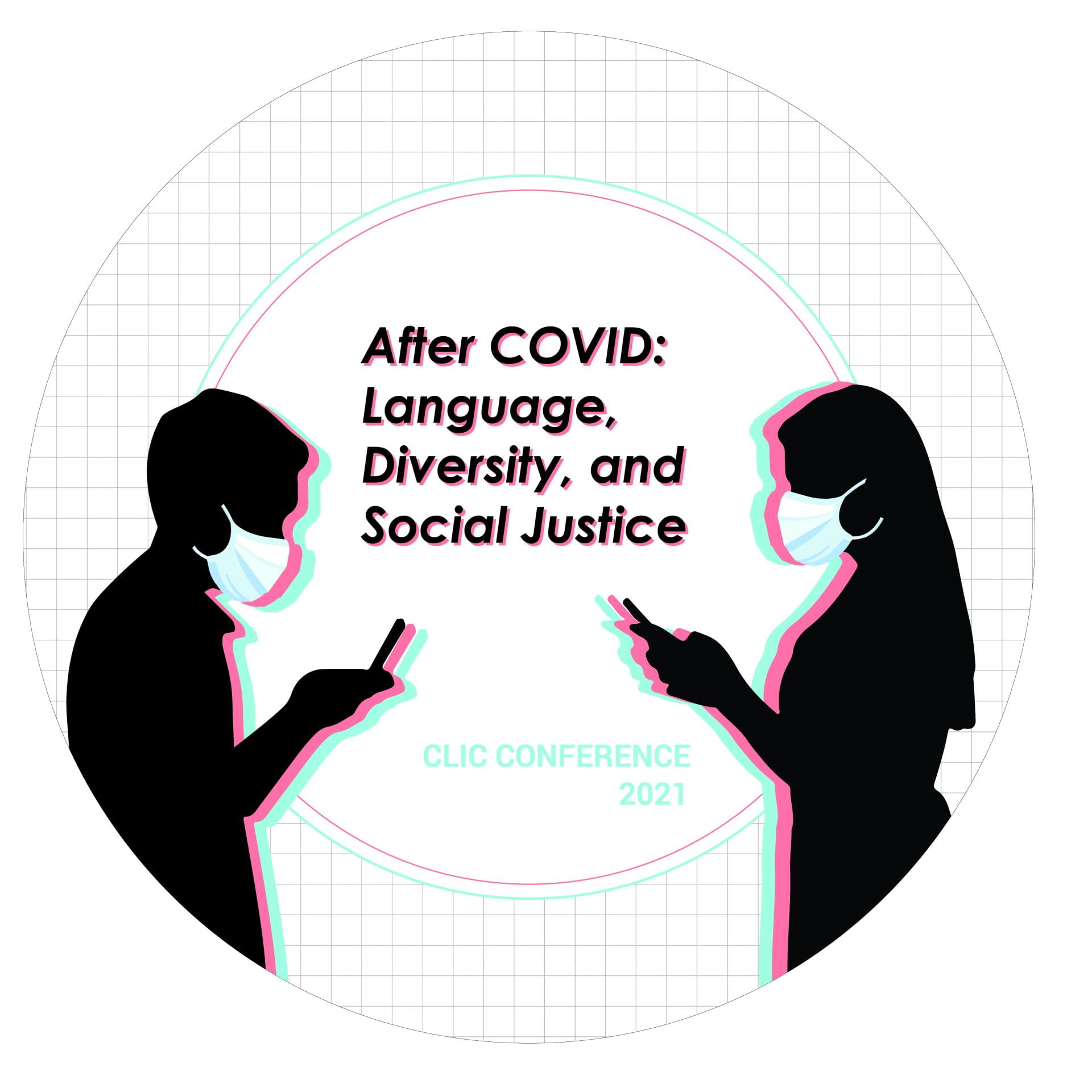Reflections of Emergent Distance Education on English Language Learning Process
Suheyla Demirkol Orak, School of Foreign Languages, Fırat University, Elazığ –Turkey
Although distance education does not have a long history, it has been in the field of English language teaching and learning for decades via distance language courses, technology-assisted language classes, and Computer-Assisted Language Learning (C.A.L.L.) classes (White, 2003). C.A.L.L. classes, a widely accepted version of distance education, has had three main roles in years respectively: pupil role, tutor role, and mediator role. And in each of them, a specific theoretical background has been tracked: for pupil role; Structural C.A.L.L. (1970s-1980s), for tutor role; Communicative C.A.L.L. (1980s-1990s), for mediator role; Integrative C.A.L.L. (2000s), and Ecologic C.A.L.L. (2010s) (Atkinson, 2011). With the Covid-19 Pandemic situation, all of a sudden, all world countries have had to shift from face-to-face education into emergent distance education via various versions. While some countries have employed online classes, some others benefitted from Television channels to have live lessons for the students in the whole country. Language classes have had the lion share from the washback effect of the distance education resulted from Covid-19: since authentic language education has had a big handicap cause of distance education. In the present quantitative study, the reflections of the online English language education on the university level students (N = 152) were searched in accordance with the two research questions: What are the reflections of distance English language education on university students?, and Do the university students’ approach towards distance English language education differentiates in accordance with their grades?. A Likert-type questionnaire with 26 items in e-mailed form was employed. Participants (Ntotal= 152, N Prep= 96, NFreshman = 14, NSophomore = 41) showed a lukewarm to negative approach to distance English language education (MTotal = 81.39, Std.= 11.60, MPrep = 82.86, Std.= 11.00, MFreshman = 83.57, Std.= 18.87, MSophomore = 77.21, Std.= 8.67). While there was not a difference between Prep students (M = 82.86) and Freshman (M = 83.57) p > .05 (P = .89), and between Freshman (M = 83.57) and Sophomores (M = 77.21) p > .05 (P =.09), there was a significant difference between Prep students (M = 82.86) and Sophomores (M = 77.21) p < .05 (P = .00 ) in terms of their approach to distance English language education. The findings show that although university-level students’ approach differentiates concerning their grade, ultimately they have negative reflections after having 6 months of online English language education. In order to have detailed information about the background reasons for the negative approach, further qualitative research is suggested. Although Covid-19 pandemic situation has brought the necessity of distance education, the majority of the community members are in favor of face-to-face education (White, 2003;). If distance education is concerned to be the backbone of education in the coming centuries, irresistible precautious should be taken earlier.
Keywords: Distance Education, Covid-19 and ELT, Face-to-face Education, Reflections on Distance Education.
References
Atkinson, D. (Ed.). (2011). Alternative approaches to second language acquisition. Taylor & Francis.
White, C. (2003). The idea of distance language learning. In Language Learning in Distance Education (Cambridge Language Teaching Library, pp. 1-25). Cambridge: Cambridge University Press. doi:10.1017/CBO9780511667312.003

